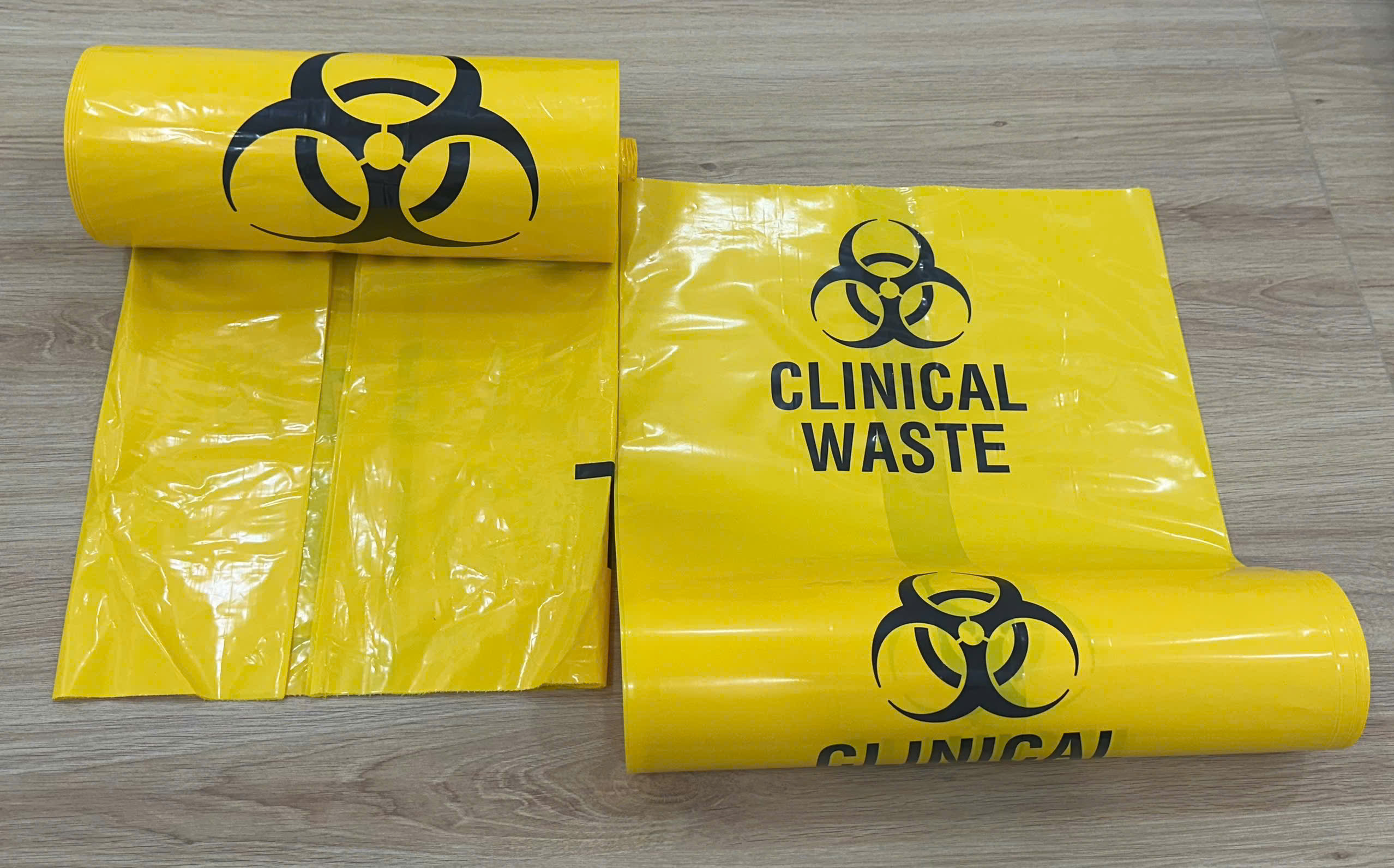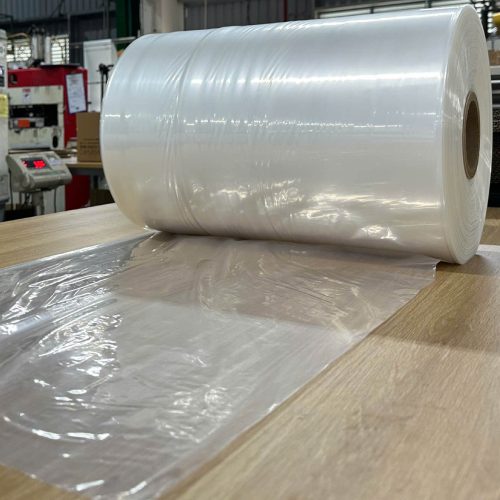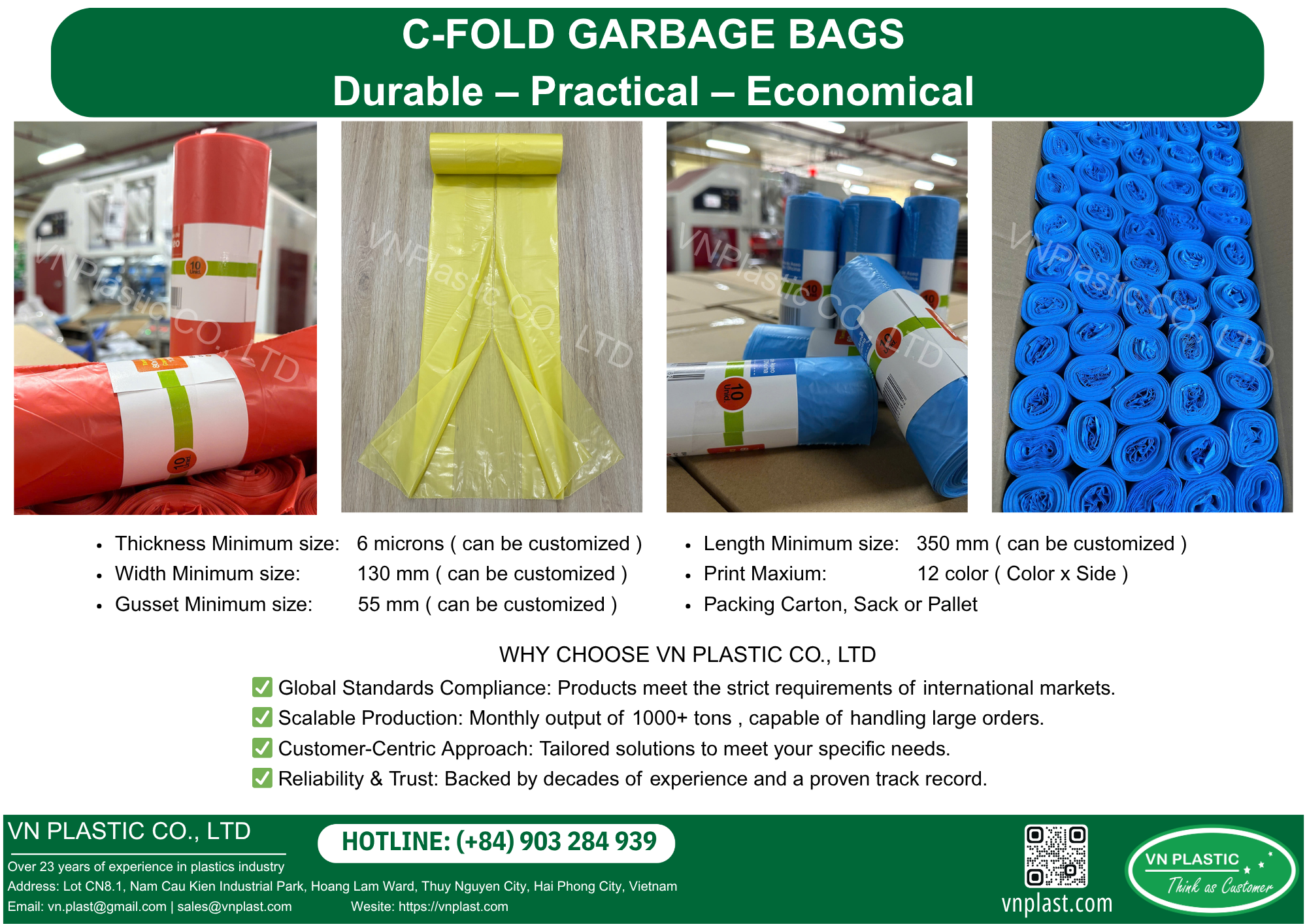Stretch Film Plastic for Industry plays a pivotal role in modern logistics and packaging solutions. This versatile material is essential for wrapping, securing, and protecting products during transport and storage. The increasing demand for efficiency and sustainability in the industrial sector has propelled the evolution of stretch film plastic for industry use, making it an indispensable component across various sectors.
Understanding the Importance of Stretch Film Plastic in Industrial Applications
In today’s competitive business environment, efficient packaging solutions are vital for protecting products and optimizing logistics. Stretch film plastic has emerged as a go-to option for many industries due to its unique properties and adaptability.
Overview of Stretch Film Plastic
Stretch film plastic is a highly elastic material that is used to wrap products securely to stabilize them during transportation and storage. Typically made from linear low-density polyethylene (LLDPE), it can stretch up to several times its original length while maintaining high tensile strength. Its ability to conform tightly to various shapes makes it ideal for bundling and unitizing products.
This type of film is available in various thicknesses and widths, catering to different industrial needs. It provides a transparent view of the wrapped items, enabling easy identification without the need to unwrap anything. Stretch film systems can be applied manually or through automated machinery, promoting efficiency in packaging operations.
Key Properties of Stretch Film Plastic
The effectiveness of stretch film plastic for industry applications is derived from its key properties:
- Elasticity and Conformability: The film’s elasticity allows it to cling tightly to products, providing a snug fit while accommodating irregular shapes. This feature reduces movement during transit, minimizing product damage.
- Tensile Strength: Strong enough to withstand significant tension, stretch films protect against punctures, tears, and abrasions. This strength is crucial for heavy loads and intricate packaging setups.
- Clarity: The transparency of stretch film allows for easy visibility of packaged goods, ensuring immediate access to product information without unpacking.
- Resistance to UV Rays and Chemicals: Many stretch films offer resistance to environmental elements like UV rays, moisture, and chemicals, which can be beneficial for specific industries such as food and pharmaceuticals.
Common Industries Utilizing Stretch Film
Stretch film plastic has found utility across numerous sectors, including:
- Manufacturing: In manufacturing facilities, stretch film is essential for ensuring the stability of palletized goods, preventing shifting during storage and transport.
- Logistics and Transportation: Shipping companies rely on stretch film for bundling goods together, providing load stability during long hauls.
- Food and Beverage: The food industry utilizes stretch film to protect perishable items, maintain freshness, and adhere to hygiene standards.
These examples illustrate how integral stretch film plastic for industry has become in facilitating efficient operations in various fields.
Identifying the Problems Faced by Industries Using Stretch Film Plastic
Despite its benefits, industries using stretch film plastic often encounter challenges that can hinder operational efficiency and impact costs.
Issues with Durability and Strength
While stretch film is designed to be strong, not all films perform equally under stress. Variations in production quality can lead to inconsistencies in durability. Poor-quality films may tear or puncture easily, leading to delays in operations and potential loss of goods.
Additionally, in environments where products are exposed to extreme temperatures or pressures, the performance of stretch film can degrade. Industries must ensure they choose the right type of film suited for their specific needs and conditions to maximize protection.
Environmental Concerns Related to Plastic Usage
With the rise of environmental consciousness, the extensive use of plastic, including stretch film, raises concerns. Plastics contribute significantly to pollution and waste, leading many companies to seek alternative, sustainable packaging options.
The disposal of stretch film products poses challenges as well; without recycling initiatives in place, these materials often end up in landfills, contributing to a growing waste crisis. As more businesses align with sustainability goals, the pressure mounts for industries to innovate and find eco-friendly alternatives.
Challenges in Handling and Application
Proper handling and application of stretch film are crucial for achieving optimal results. However, manual wrapping techniques can lead to inconsistent application, resulting in wasted material and increased labor costs.
Furthermore, equipment malfunctions or operator errors in automated wrapping processes can adversely affect performance. Ensuring employees are well-trained in handling and applying stretch film properly is essential to mitigate these challenges.
Cost Implications for Industries
Cost is always a consideration in industrial operations. While stretch film plastic can be cost-effective, poor quality or inefficient usage can lead to hidden expenses. Wasted materials, product damage, and labor inefficiencies add up, impacting overall profitability.
Industries must evaluate their stretch film usage carefully—selecting appropriate types, sizes, and application methods—to achieve the best value for their investment.
Solutions to Enhance the Use of Stretch Film Plastic in Industries
As the challenges surrounding stretch film usage come to light, innovative solutions emerge to enhance its effectiveness in industrial applications.
Innovations in Stretch Film Technology
Advancements in technology play a significant role in improving the characteristics of stretch films. Manufacturers are continually developing new formulations that increase strength and elasticity while reducing thickness.
Smart stretch films embedded with sensors are being introduced, allowing for real-time monitoring of temperature and humidity levels during transport. Such innovations enhance supply chain transparency, offering valuable insights into product integrity throughout the shipping process.
Sustainable Alternatives and Recycling Options
Growing environmental awareness has led to the development of biodegradable and recyclable stretch films. These options provide similar protective benefits while addressing ecological concerns.
Industries should explore partnerships with suppliers who prioritize sustainability in their packaging solutions. Establishing effective recycling programs within organizations can also help reduce waste and promote responsible plastic use.
Training and Best Practices for Handling Stretch Film
To optimize the use of stretch film, companies must invest in training programs for employees. Providing education on the correct handling and application techniques ensures that workers can effectively use the material, reducing waste and enhancing productivity.
Adopting best practices, such as evaluating equipment regularly, monitoring film usage, and implementing feedback loops, can significantly improve outcomes associated with stretch film application.
Cost-Effective Sourcing and Management Strategies
Sourcing high-quality stretch film at competitive prices is crucial for businesses seeking to control costs. Engaging in bulk purchasing agreements with trusted suppliers can provide significant savings while maintaining quality standards.
Additionally, implementing inventory management strategies enables businesses to track their usage patterns and predict future needs accurately. This approach minimizes excess purchasing and maximizes resource allocation.
Case Studies: Successful Implementation of Stretch Film Solutions in Vietnam
Vietnam represents a vibrant and rapidly evolving market where stretch film plastic for industry solutions have gained widespread adoption. Various sectors showcase the successful integration of stretch film in their operations.
Case Study 1: Manufacturing Sector
A prominent manufacturer in Vietnam adopted advanced stretch film technology to enhance its packaging lines. By integrating automated wrapping machines equipped with smart sensors, the company reduced film wastage and minimized human error during application.
The outcome was remarkable; not only did the company see a reduction in packaging costs, but it also improved product safety during transport. The management team reported enhanced operational efficiency alongside heightened product integrity, showcasing the pivotal role of stretch film in modern manufacturing.
Case Study 2: Logistics and Transportation
In the logistics sector, a Vietnamese company specializing in freight services recognized the need for robust packaging solutions. They transitioned to high-performance stretch film, specifically designed for heavy loads.
By utilizing heavier-gauge films, the company achieved better load stabilization, which helped reduce product damage significantly during transit. They also implemented regular training sessions focused on optimal application techniques, further enhancing the effectiveness of their packaging strategies.
Case Study 3: Food and Beverage Industry
A local food and beverage distributor sought to improve the freshness and shelf-life of its products. They turned to stretch film plastic, opting for food-grade variants that provided an airtight seal around perishable items.
The change resulted in longer-lasting freshness and a notable decrease in spoilage rates. Additionally, the clear visibility of wrapped products aided in inventory tracking, significantly benefiting the distributor’s operations.
Future Trends in Stretch Film Plastic for industry Usage in Vietnam
Looking ahead, the landscape for stretch film plastic for industry in Vietnam is set to evolve rapidly. Several emerging trends indicate a shift toward enhanced efficiency, sustainability, and technological integration.
Advancements in Material Science
Ongoing research in material science promises to yield new formulations for stretch film that are even more durable, lightweight, and sustainable. Innovations in polymer technology will likely lead to films that offer superior protection while minimizing environmental impacts.
As industries continue to adopt these advancements, we can expect a broader acceptance of high-performance stretch films tailored for specific applications.
Regulatory Changes and Their Impact on Usage
Governments worldwide are increasingly enacting regulations targeting plastic usage and waste management. Vietnam is no exception, with discussions underway concerning stricter guidelines for packaging materials, especially plastics.
Companies operating within the country must prepare for upcoming regulatory changes that could influence their choice of packaging solutions. Adopting sustainable practices now can place businesses ahead of the curve and ensure compliance in the future.
Growing Demand for Eco-Friendly Packaging Solutions
As consumers become more environmentally conscious, the demand for eco-friendly packaging solutions continues to rise. Companies that proactively embrace sustainable practices and packaging materials will gain a competitive advantage in the marketplace.
This trend encourages manufacturers and suppliers of stretch film to invest in research and development, paving the way for greener alternatives that meet customer expectations while aligning with corporate social responsibility goals.
Conclusion
The transformation of stretch film plastic for industry is evident across various sectors, with this versatile material playing an integral role in packaging solutions. While challenges exist, innovations in technology, sustainability practices, and employee training offer pathways to enhance its application.
As the Vietnamese industrial landscape continues to evolve, the adoption of cutting-edge stretch film solutions will be critical to meeting the ever-growing demands of the marketplace. Embracing these trends will not only benefit businesses financially but also support global efforts toward sustainability and responsible packaging practices. The future is promising for stretch film in industry, and those who adapt will undoubtedly thrive.
Factory: No 5, Lot CN8.1, Nam Cau Kien Industrial Park, Hoang Dong Commune, Thuy Nguyen District, Hai Phong City, Viet Nam.
Tel/whatsapp:(+84)903 284 939
Ws: http://vnplast.comvn
Email: [email protected] | [email protected]






